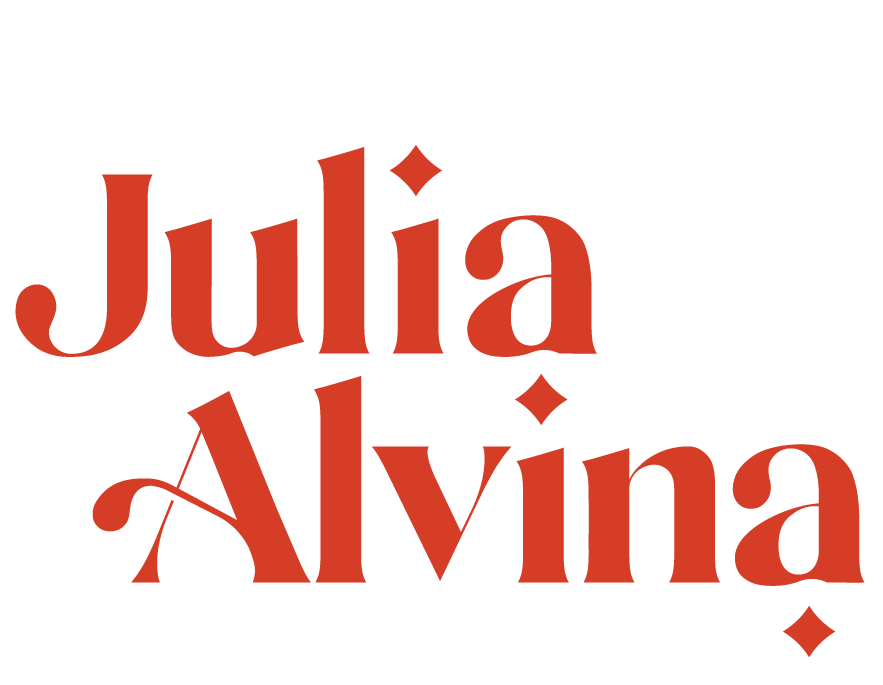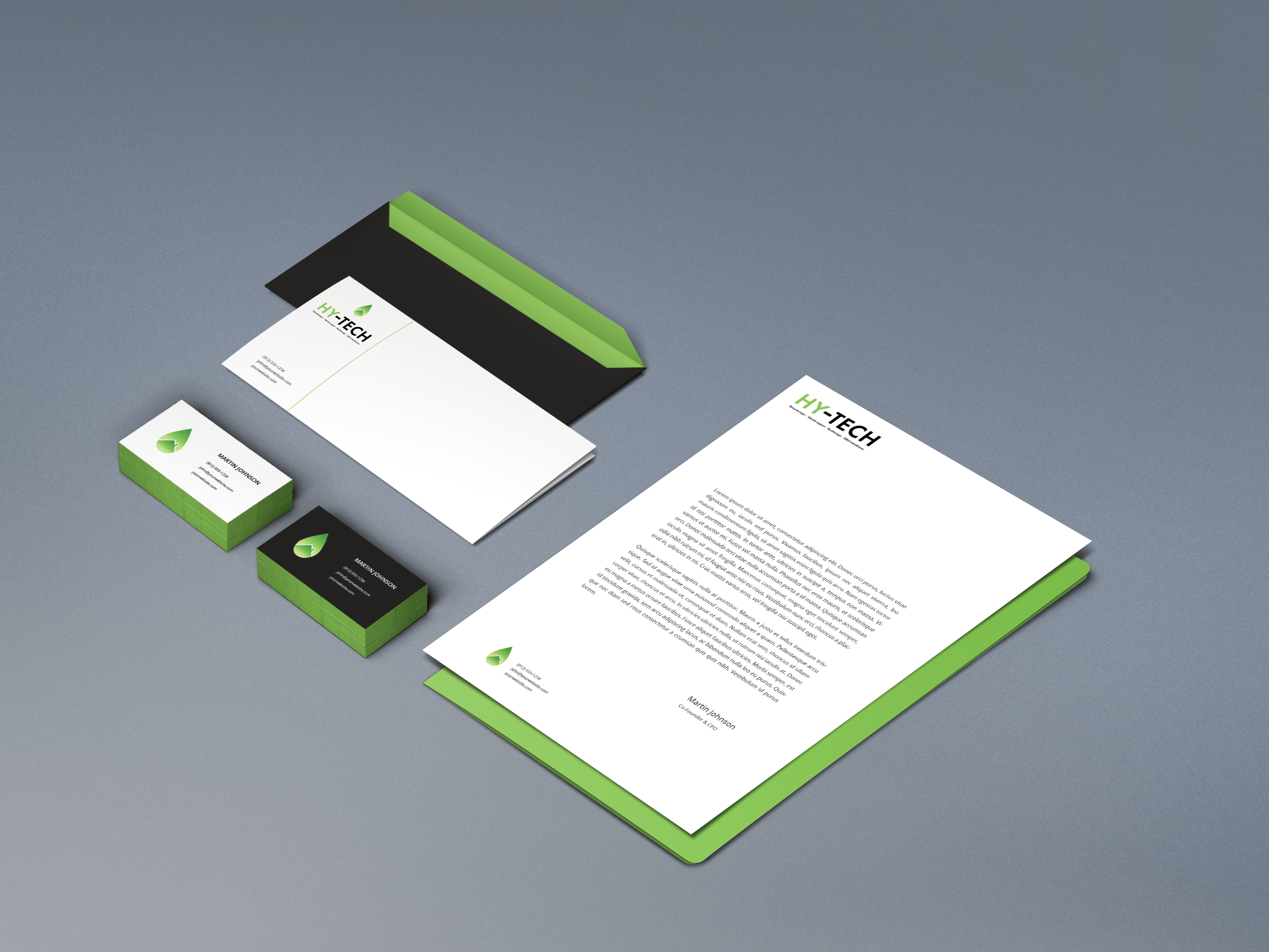Copywriting and idea generation for Bella & Duke at my internship at Union Direct. Tone of Voice, blogs and other copy produced.
Presented the idea of the “poopometer” along with my art director colleague. This was in response to an ongoing brief to raise awareness of the customers’ dogs quality of faeces.



Poopometer concept
In response to the brief, we presented an idea of a tangible item that could be sent to the Bella & Duke customers who sign up for their newsletter to encourage tracking their dog’s feces.
The item is a dog waste bag holder that can be clipped on to the dogs lead. The bottom of the holder twists with an indicator so that the owner can quickly track this without having to write it down or fiddle with apps.
The customer can then read more about the result with the magnetic chart (to be placed on their fridge) and more information and support then found on Bella & Duke’s website and social sites.


Read the full blog below!
The scoop on poop
When was the last time you reflected over the quality of your dog’s poop? Bending over and picking it up has become such a natural part of you and your dog’s daily routine, you probably don’t think about much more than holding your breath until the bag is tied. Maybe your dog regularly doesn’t poop on your walks, or do so several times during a walk around the neighbourhood? You can’t exactly ask your dog how they’re doing, but the consistency and smell of your dog’s poop can be an indicator of your pup’s gut health. No matter the current quality of your dog’s bowel movements, knowing what’s normal for your dog and what changes to look out for is important. Sign up for our newsletter today and we’ll send you a free Poopometer, a combined dog poo bag holder and poop quality meter, to make noting the quality of your dog’s poop easier on the go.
The quality of poop is often connected to the food the dog is fed, a dog on a kibble diet sometimes has big and smelly poops. The high fibre content of a kibble diet can sometimes be difficult for dogs to properly digest and absorb, which is why the volume of poop might be bigger on such a diet compared to others. A dog on a raw dog food diet usually has smaller and less smelly poops. This is because raw food is more concentrated in nutrients and just contains ingredients that more effectively will be absorbed by the dog.
What to look for
There are a few things to keep track of when monitoring your dog’s poop. Frequency, smell, colour, size and consistency are all relevant things to keep in mind. Anything out of the ordinary for your dog is worth noting.
Frequency and smell
Your dog should poop at least once a day and the smell of it should be mild but not overbearing. Bad odours could be caused by ineffective absorption and might be a sign your dog’s diet needs looking over.
Colour
The colour of the poop will depend on what your dog eats and the protein content of the diet. Colours ranging from light brown to dark brown is normal, but black, green, yellow or red colours in your dog’s poop can mean there is blood in the faeces. If you suspect there is blood in your dog’s poop, make sure to contact your dog’s vet to have it properly checked out. If your dog’s poop is more white or chalky might be a sign of high calcium, which can lead to constipation or obstipation, meaning difficulty for the dog to poop without outside help. Grey and greasy poop is a sign of high fat levels in their diet, continued overly high levels of fat can, in bad cases, lead to pancreatitis, so make sure you keep track of it.
Size
The size of the poop should be about the same size of the food serving, significantly more or less is a sign of a diet that isn’t correctly adjusted to your dog’s needs.
Consistency
A healthy pooch has firm, but not hard, poop. This should pass without too much effort, if your dog is struggling to poop it may be a sign it’s on the harder side. Make sure to note what your dog’s poop normally looks like, so you can easily tell if there are any changes.
Hard poop could be a sign that your dog is constipated or dehydrated. Your dog may also have eaten something they shouldn’t have. Make sure your pup has access to water and if the consistency doesn’t improve, consider paying your vet a visit. Some dogs on a new diet can produce harder stools during a transitional period. You can add a tablespoon of coconut oil to every 500g of food to support healthy bowel movements.
Loose or runny stool is one of the biggest signs of something not being quite right with your dog. If your dog has runny poop, it may be a sign of an upset tummy or that your pup might be a little stressed. The normal time for this to last is no more than a day, if your dog suffers from recurring issues with diarrhoea, contact your vet. Runny poop is also a sign for a viral infection or parasites, look out for white flecks and contact your vet if there are any signs to suggest an infection.
If you’ve recently introduced a new diet to your dog, try to slow down the transition and keep an eye on the changes. You should always make sure your transition your dog on to a new diet gradually.
Find out about the benefits of the Bella & Duke raw food range for your pups today, available to order here.










